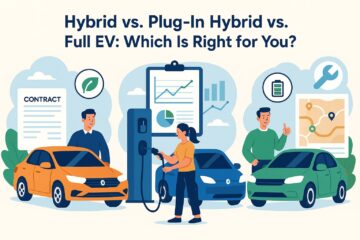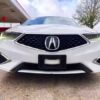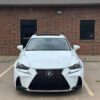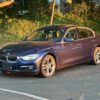
Top Car Brands in the USA: Who’s Winning and Why It Matters
The U.S. car market has always been competitive, but over the past year, we’ve seen a more dynamic shift than usual. With economic pressure, rising fuel prices, and a strong push toward electrification, American buyers are thinking more strategically than ever before.
Here’s a breakdown of the most dominant car brands in the United States today—and what really puts them ahead of the pack.
1. Toyota – Quiet Dominance With Smarter Engineering
It’s easy to overlook Toyota’s presence because it’s rarely flashy. But take a look around any suburban street or city block and you’ll see their dominance in action: RAV4s, Corollas, Camrys—all quietly racking up the miles.
Toyota earned its crown by playing the long game. Their cars are built to last, and not just mechanically. Interior materials, paint quality, fuel efficiency—everything is designed for minimal fuss and maximum longevity. That’s why so many Toyotas hold their resale value better than most.
What really stands out lately is their hybrid strategy. While others are just starting to push EVs and plug-ins, Toyota has been doing it for two decades. The latest RAV4 Hybrid offers over 40 mpg and still feels like a traditional SUV—no compromises, no learning curve.
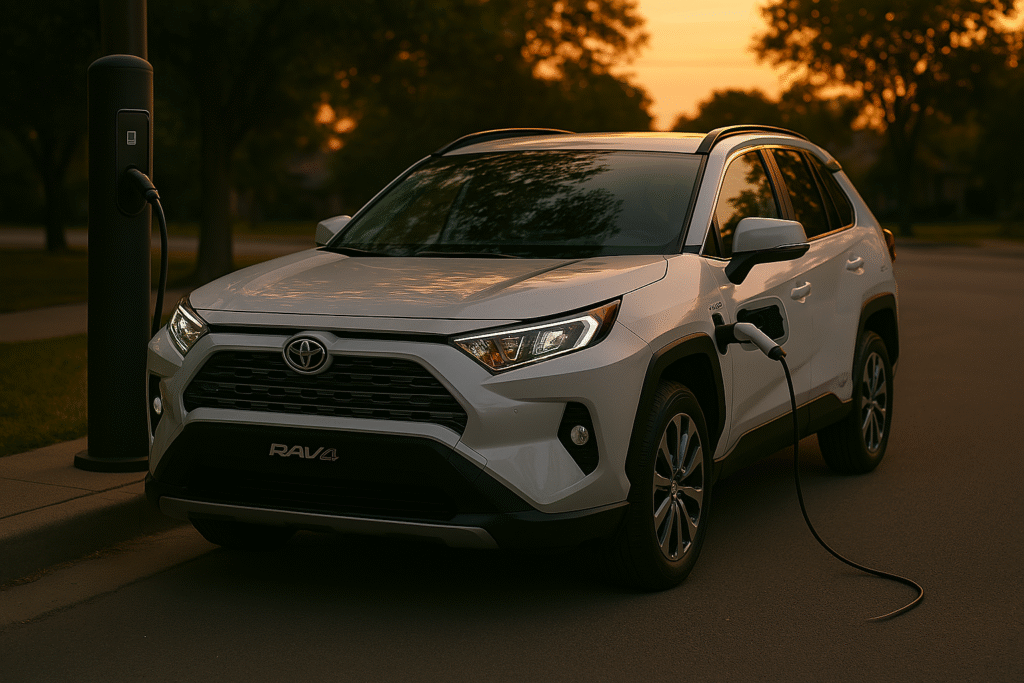
2. Ford – America’s Utility Brand Is Turning a New Chapter
Ford remains the heartbeat of American pickups. The F-Series has been the best-selling vehicle line in the U.S. for over 40 years. Why? Because they understand the working American customer—those who tow, haul, and expect their truck to outlast a decade of abuse.
But Ford isn’t just about brute strength anymore. They’ve made a sharp turn toward electrification with the F-150 Lightning and Mustang Mach-E, and it’s paying off. Unlike other brands struggling to position their EVs, Ford has leaned on familiar names and designs, making it easier for customers to make the switch.
Behind the scenes, Ford’s engineering on the Lightning is impressive. The platform is scalable, the battery architecture is modular, and their partnership strategy for charging infrastructure is among the most aggressive in the U.S.

3. Chevrolet (GM) – Big Volume with Big Ambitions
General Motors has done a great job realigning its identity after years of lagging behind. Chevrolet, their most prominent brand, is back in the game with Silverado, Trailblazer, and Tahoe models gaining strong traction.
They’ve also taken a bold step toward electrification through the Ultium platform—designed to support everything from trucks to compact EVs. Models like the Chevy Blazer EV and Equinox EV are set to reshape how middle America sees electric cars.
From a mechanical perspective, GM vehicles today show significant improvement in chassis tuning, suspension durability, and interior tech quality—especially in pickups and large SUVs. Their product gaps are closing, fast.

4. Honda – The Engineer’s Brand for the Everyday Driver
Honda doesn’t chase trends. They refine what works—and that’s why their vehicles have such a loyal following. Whether it’s the CR-V, Civic, or Accord, Honda builds cars that feel like they were actually tested for real-life American roads.
Every model they produce is tightly tuned, extremely efficient, and refreshingly low-maintenance. Unlike many modern vehicles that try to dazzle with excessive features, Honda’s focus has always been: Will this still feel good at 100,000 miles?
From a mechanical perspective, their engines are a masterclass in reliability. The inline-4 and hybrid powertrains are smooth, punchy, and practically bulletproof. Honda’s cabin ergonomics also remain among the best—logical, practical, and driver-friendly.

5. Tesla – Still Disruptive, But Now Facing Real Competition
Tesla is no longer the underdog. They’re the benchmark. But that doesn’t mean they aren’t under pressure. With Model Y dominating sales and Model 3 right behind, Tesla still owns the lion’s share of the EV market—but their lead is shrinking as legacy automakers catch up.
What Tesla nailed early was vertical integration—building their own batteries, software, and charging network. That’s not easy to replicate. But where Tesla still leads is in range, software updates, and minimalist design that connects with tech-focused buyers.
Mechanically, Tesla’s simplicity is part of its strength. Fewer moving parts, regenerative braking systems that preserve wear components, and OTA diagnostics mean less downtime. But concerns about build quality and service access remain.

Quick Brand Snapshot (Expert Summary)
| Brand | Strengths | Top Models | Ownership Appeal |
|---|---|---|---|
| Toyota | Reliability, Hybrids, Longevity | RAV4, Corolla | “Buy it, drive it forever” |
| Ford | Trucks, American Identity | F-150, Mach-E | “Rugged power meets tech-savvy modernism” |
| Chevrolet | Value + Power | Silverado, Blazer | “Big capability, now with electric spice” |
| Honda | Mechanical Precision | CR-V, Civic, Accord | “Quietly excellent, year after year” |
| Tesla | Tech-first Performance | Model Y, Model 3 | “Futuristic, fast, and fiercely debated” |
Conclusion
The U.S. automotive landscape isn’t just about numbers—it’s about identity. These top brands each bring something different to the table: whether it’s Toyota’s proven practicality, Ford’s modern muscle, Chevrolet’s diverse utility, Honda’s refined reliability, or Tesla’s futuristic pull.

